A lot of would-be travel photographers struggle when they are deciding which lenses to bring with them on a trip. If you are going on an extended trip, space is always a limiting factor and you are forced to make some tough decisions. Wide angle lenses almost always make it into the bag, for the simple reason that a lot of travel landmarks are really big, and people want to fit them into the frame. A wide angle lens is a must. But in this article I am going to make the case for zoom lenses, which offer amazing opportunities to get creative with your travel photography.
By the way, this article contains affiliate links. If you click on an affiliate link and make a purchase, we will receive a small commission at no extra cost to you. Commissions like these help support our travels and our blogging so we can keep bringing you useful content and pretty pictures.
Using a Zoom Lens for Creative Travel Photography
Our zoom lens is actually my favorite lens that we’ve ever owned. It’s a holdover from our wedding days, but I’m so addicted to it that I had to bring it with us when we began our travels. I turn to it frequently, not just for obvious purposes, but when I want to escape the obvious. A zoom lens is a great way to create images that wide angles and cell phones miss, either through in built limitations, or just the psychological blinders that they put on the photographer.
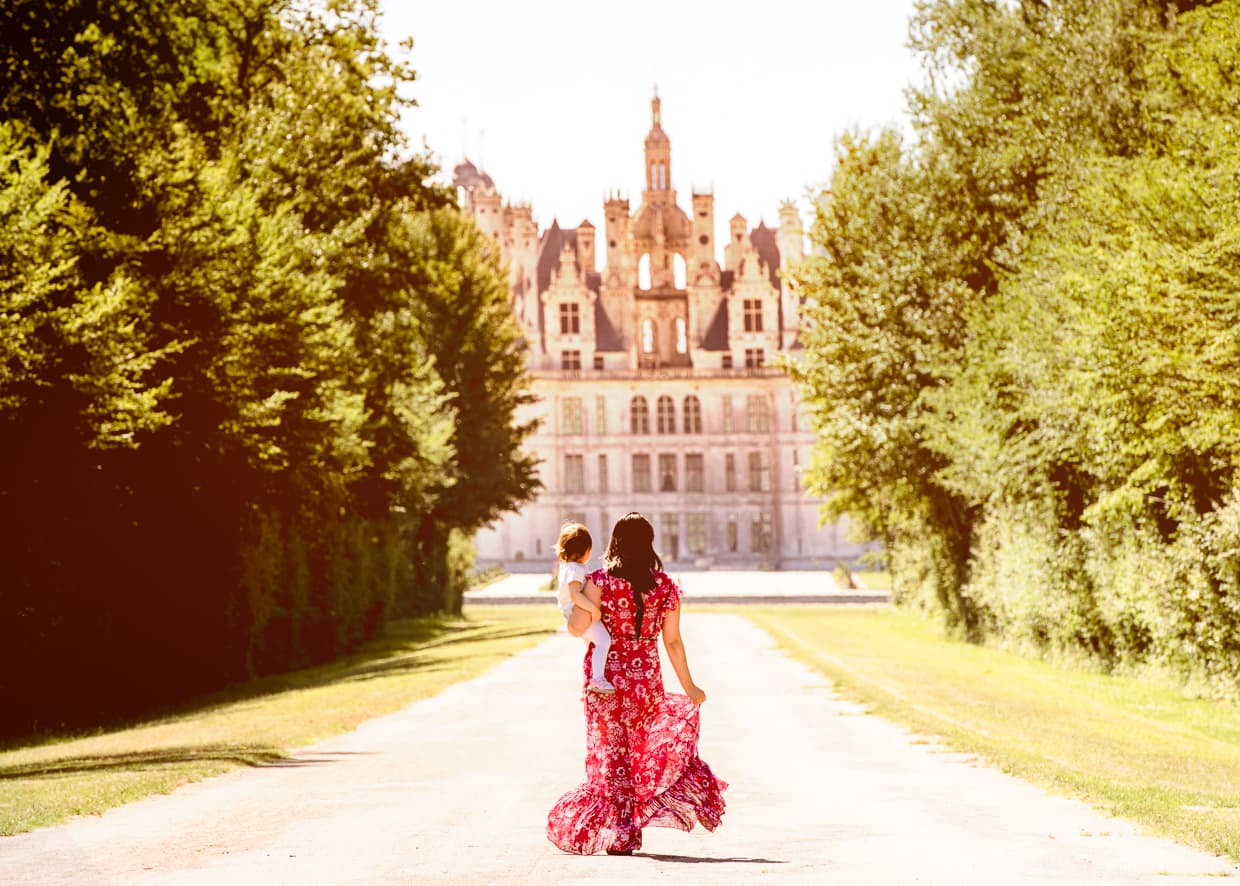
Using a zoom lens gives your photos a sense of distance and a voyeuristic feel that I love. It separates the viewer from the subject, and creates the impression that you are observing a scene without necessarily being a part of it. It’s not perfect for every photo, but I think it’s ideal for travel photography.
What is a Zoom Lens
Very broadly, a zoom lens is any lens with a focal length of 35mm or greater. The human eye has a focal length of approximately 35mm, so a zoom lens is a lens that makes things look bigger and closer than they would if you were to just look around without a camera. You will also see people throwing other lengths around as a qualification for a zoom lens, but it doesn’t really matter. For the purposes of this article, I’m talking about a lens of at least 70mm, which is enough to have a very big impact on how you compose your images. (For a great comparison between human eyes and cameras, check this out).
In our camera bag we carry two lenses. One is a 24 to 70mm lens that we use as our walk around lens. It’s wide enough that we can get most buildings in our frame by stepping back a little, and when it’s not enough we just stitch a few photos together into a panorama, like we did with this shot of the Roman Colosseum. The other is a 70-200mm lens that picks up where the wider one left off. I use this one when my subject is very far away or when I really feel like getting creative with a scene that I think will be boring or cliche otherwise.
A Quick Note About Photography
Gear is only part of the equation when it comes to photography. It’s even more important to know what you’re doing. If you really want to get creative with your photos, you might want to have a look at my e-book, Easy Manual Mode Photography. The one time cost of less that five bucks, will have a bigger impact on your photos than a thousand dollar (or more) lens.
Make Distant Objects Look Bigger With a Zoom Lens
I’m getting the obvious one out of the way. If something is far away, it will naturally take up less of the frame. A zoom lens reduces this effect by… zooming in! A popular use for this feature is nature photography, which often involves trying to photograph birds and other animals that don’t like being approached. But it’s also useful for travel photography when you are often limited in how close you can get to your target.
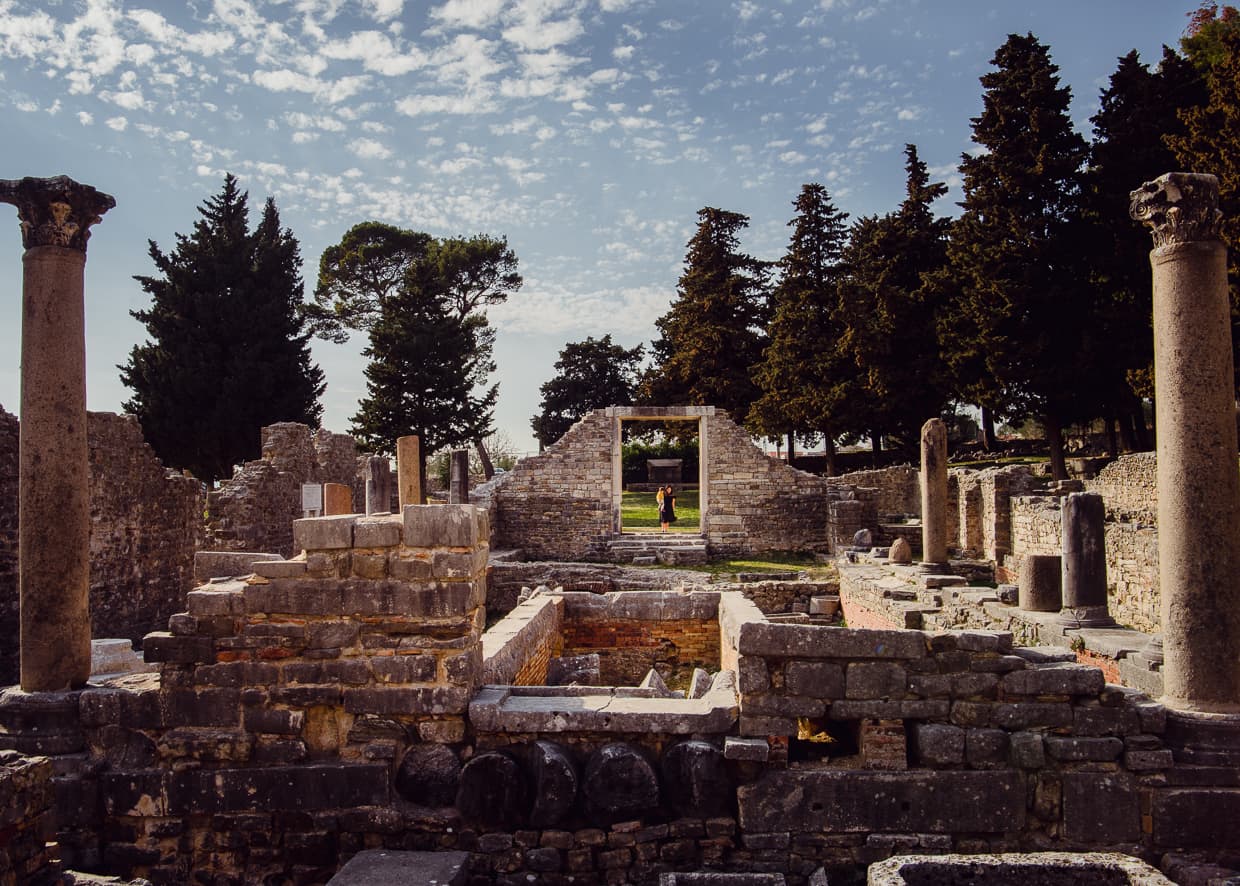
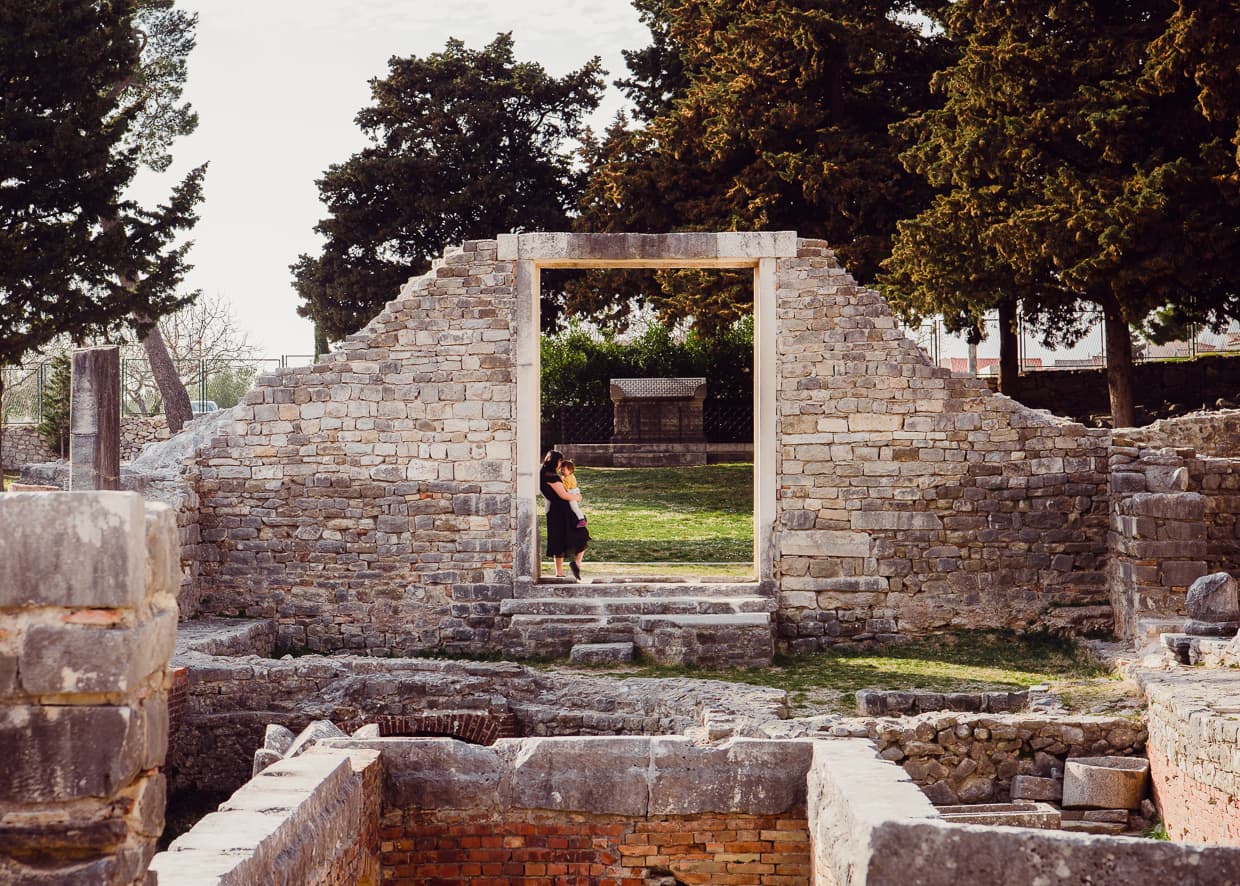
Turn One Landscape into Many With a Zoom Lens
Everyone knows why wide angle lenses are good for landscapes. Landscapes are big, and a wide angle lens lets you fit more into your photo. But this is only one option, and it will usually produce an image that every other visitor has taken before you. Because a zoom lens makes a smaller part of the scene take up more of the frame, that gives you the opportunity break up a landscape into individual components that are compelling on their own.
From the top of the Budapest Eye, I could see a panoramic view of Budapest, Hungary. Rather than try to capture it all in one photo, I used my 70-200mm to take close ups of many of the beautiful landmarks (upper left: St. Stephen’s Basilica, upper right: Fisherman’s Bastion, lower left: the Pest Skyline, lower right: Liberty Statue).
Crop Out the Distractions With a Zoom Lens
It’s not just what’s in an image that makes it good, it’s also what’s not in it. A zoom lens makes it possible to crop out details that either distract from your focus or make the image downright ugly. Here’s a list of the most common things I find myself cropping out with a zoom lens.
- Other People - At popular destinations, crowds are everywhere and a zoom lens helps you find the places where tourists are not. Sometimes, a scene is crowded not with tourists, but with other photographers, all vying for the best angle. Rather than make Dannie edit them out using photoshop, I often just zoom in a little.
- Scaffolding - Because we are traveling full time, we get to enjoy smaller crowds during the off season. Unfortunately, the off season is usually when cities decide to do renovations and repairs that require popular and beautiful attractions to be partially obscured by scaffolding. If we can’t capture a whole monument, I like to zoom in on the part that is visible and just pretend that the scaffolding isn’t there.
- Street Signs, Telephone Poles, and Trash Cans - Infrastructure is what makes a city livable, but it sure does clutter up the scenery. You can’t always get around these problems with a zoom lens, but sometimes you can!

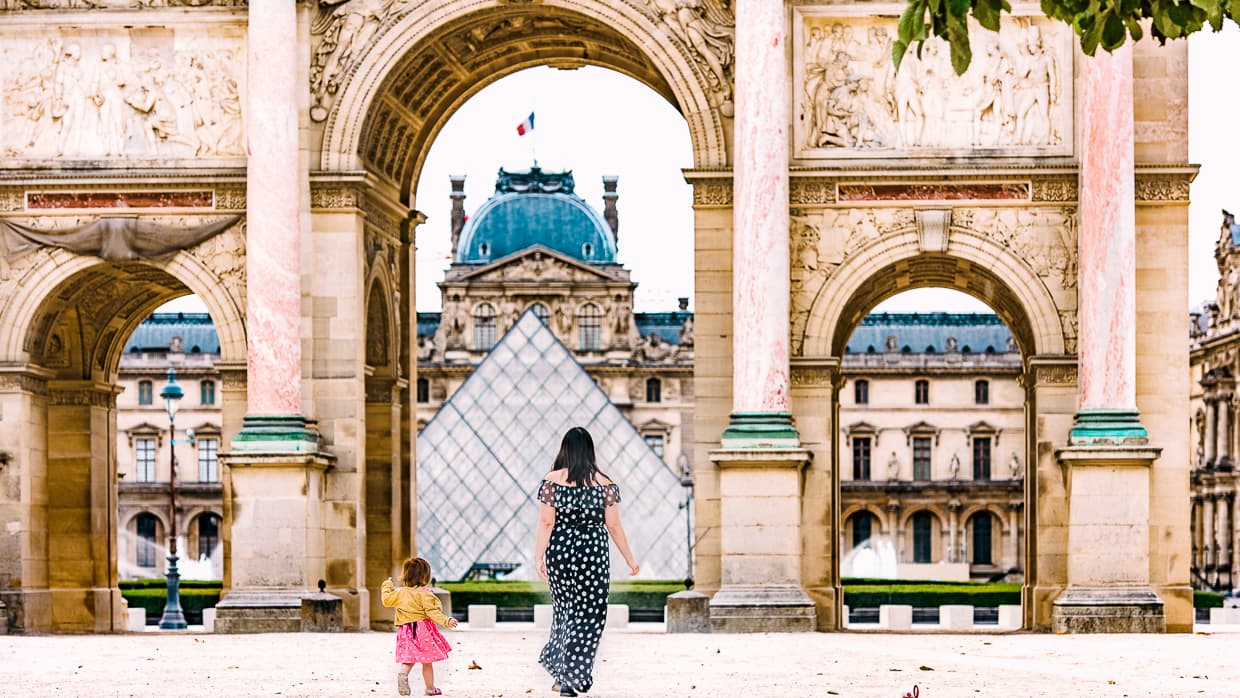
Bring the Foreground and Background Together (Compress Distance) With a Zoom Lens
Zoom lenses don’t technically “compress distance” like a lot of people like to say (I’ve said it too). But because of the way our brains calculate distance based on relative size, and the mathematics of distance and size in optics, just cropping an image - like a zoom lens does - can reduce the perceived depth of an image. Taking advantage of this illusion allows you to make it look like your subject is standing right next to something that is actually far away.
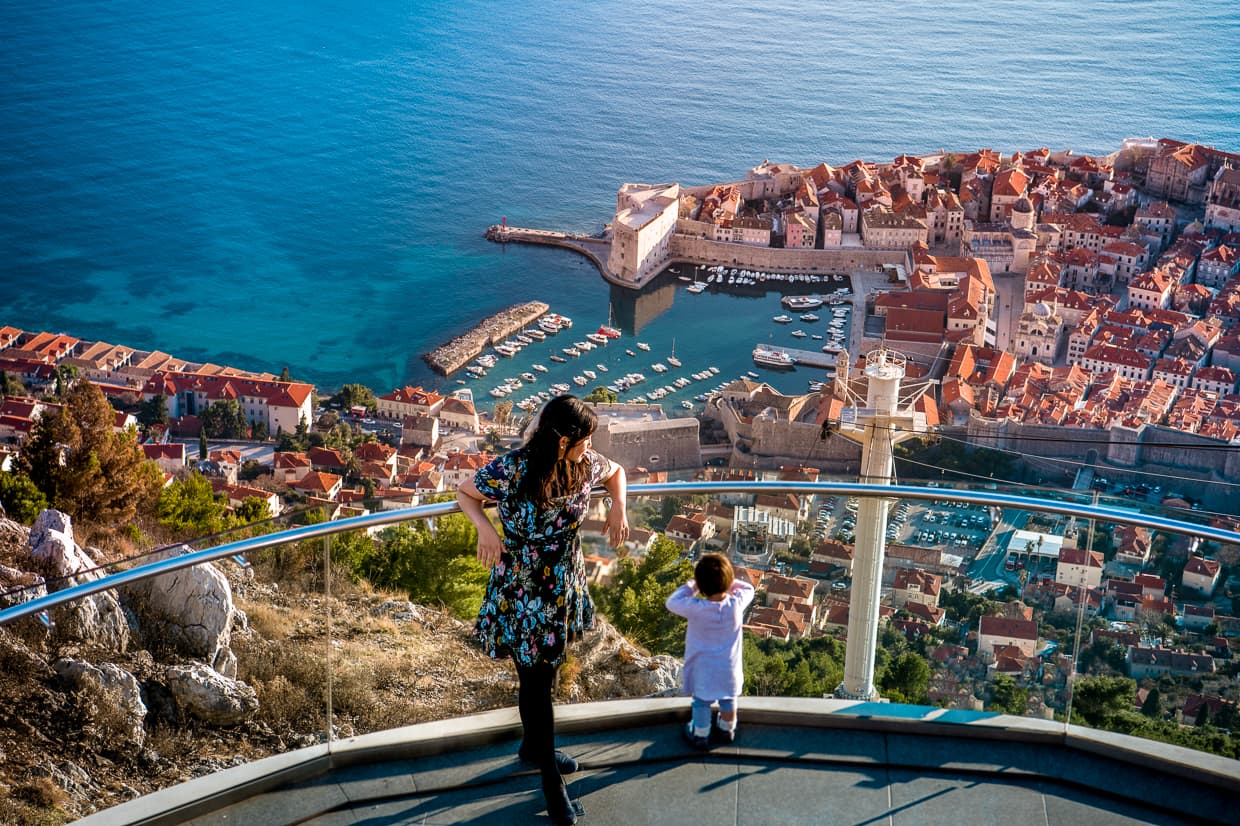
Beautiful Bokeh With a Zoom Lens
Bokeh is the portion of your image that is out of focus. When the background is in bokeh, it draws attention to whatever part is in focus. This is very useful when the background is very busy and distracting, or when you just want to be very clear about what part of the image is important to you.
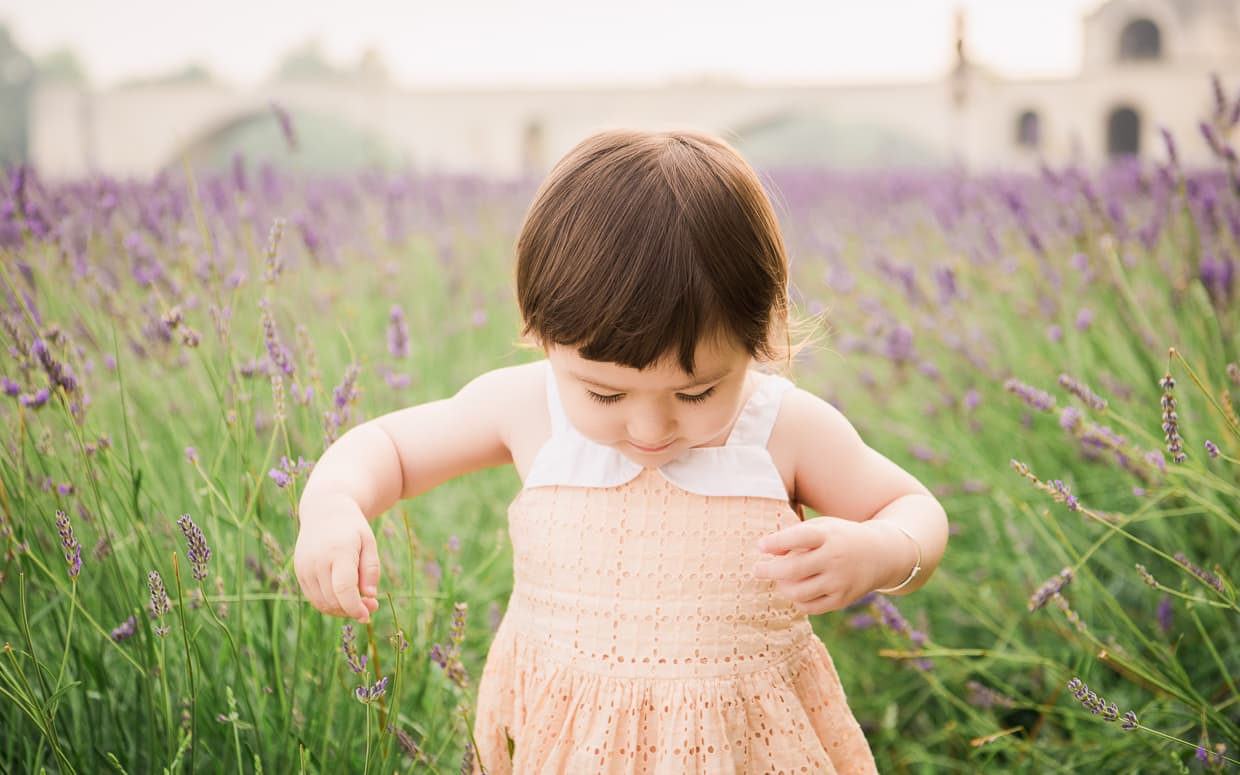

There are a number of ways to increase the bokeh (decrease the depth of field) in your photo.
- Use a wider aperture
- Decrease the distance between you and your subject
- Increase the distance between the subject and the background
- Zoom in
Number 4 comes with a caveat. Zooming in will only increase the bokeh if you are using an optical zoom. I recently did an informal food photography course, and some of the guests using cell phones were frustrated that they weren’t getting the bokeh that I was getting when they zoomed in using their fingers on the touch screen. It wasn’t working for them because the the cell phones were still using a wide angle lens and were just cropping off the edges of the image digitally (by deleting pixels) rather than optically (by using a larger focal length). That’s one reason why DSLRs are still relevant in the age of the cell phone.

Downsides of a Zoom Lens for Travel Photography:
- Zoom Lenses Are Heavy - Telephoto lenses are big. This is because they require larger pieces of glass to get the optics right, and those pieces of glass have to be farther apart. There’s no way around this. Packing a good zoom lens does mean that your bag will be heavier and you’ll have a little less room. Still, I’d choose my photography over extra underwear any day.
- Family Portraits Are Harder - The more you are zooming in, the harder it is to get extra people into your frame. One way to get around this is to use a zoom lens that has a huge range of focal lengths. The downside of this is that telephoto lenses with big focal lengths tend to be a little less sharp, and they usually have a narrower maximum aperture. That being said, quality has been improving in recent years, and we used to use an 18 to 300mm lens that was pretty good (but our 70-200 is still better).
- Indoor Photography is Harder - If you want to take a photo of a beautiful cathedral interior or capture the decor of your Airbnb, then a zoom lens just isn’t the way to go. A wide angle lens will make the room look bigger and allow you to go wall to wall and floor to ceiling. Also, interiors tend to be dark, which brings us to the next point.
- Low Light Photography is Harder - Generally speaking, the longer the focal length of a lens, the narrower the maximum aperture is going to be. Since a narrow aperture means less light gets into your camera, zoom lenses tend to require longer shutter speeds and higher ISOs than wide angle lenses once the light gets low. Sometimes you can mitigate this problem using a tripod, but if you are hand holding, you will either have to switch to a wider angle lens or constantly battle noise and motion blur (motion blur is also increased as you zoom in because a smaller movement of the lens will result in a larger shift in relation to the frame).
- Close Up Photography is Harder - Lenses with longer focal lengths tend to also have longer minimum focus distances. The minimum focus distance is the closest you can be to your subject and still get it in focus. If your goal is to magnify something small rather than something far away, then you are probably better off using a macro lens (we use this 90mm macro) which magnifies not by having a large focal length, but by allowing you to get very close.
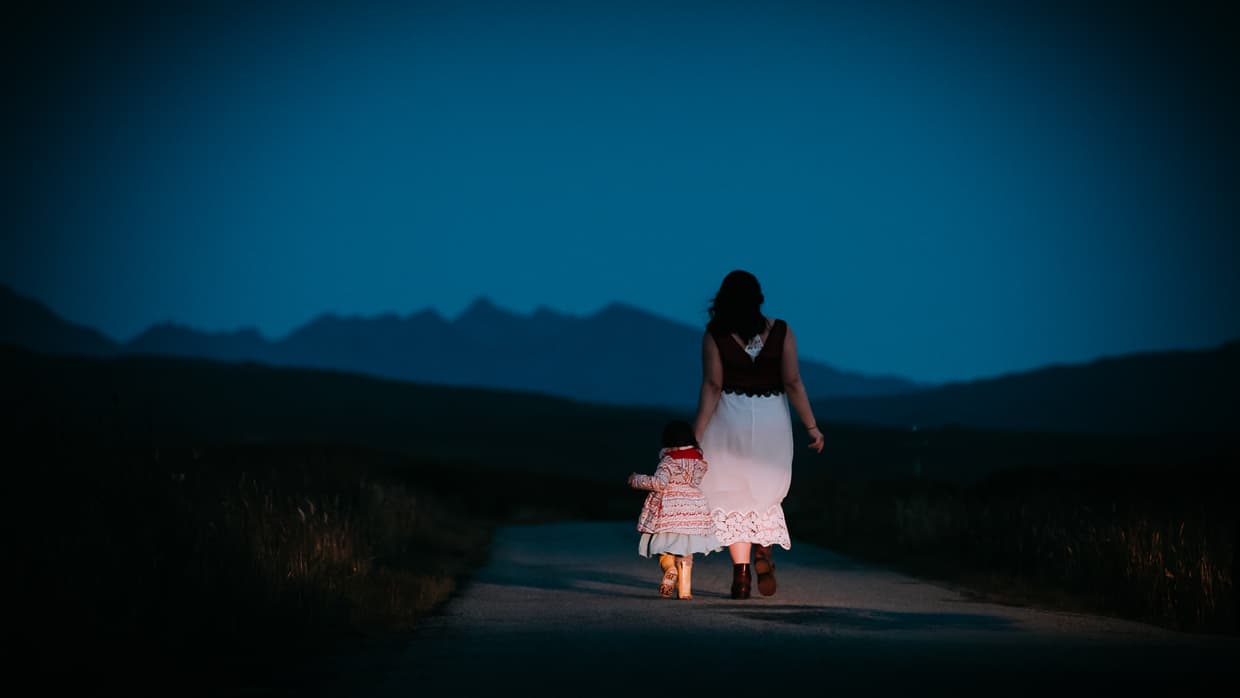
Conclusion
I hope I’ve convinced you that a zoom lens is worth adding to your packing list. Photography has been central to our travel ever since the beginning, and we wouldn’t have gotten half of our favorite photos without our 70-200mm. If I could fit a longer lens in our bag, I probably would, but so far I haven’t felt like we’ve been missing out on much. If you’d like to see more of the gear we travel with, head over to our shop page. Thanks for taking the time read this, and please comment below if you have any questions about zoom lenses or how to use them.



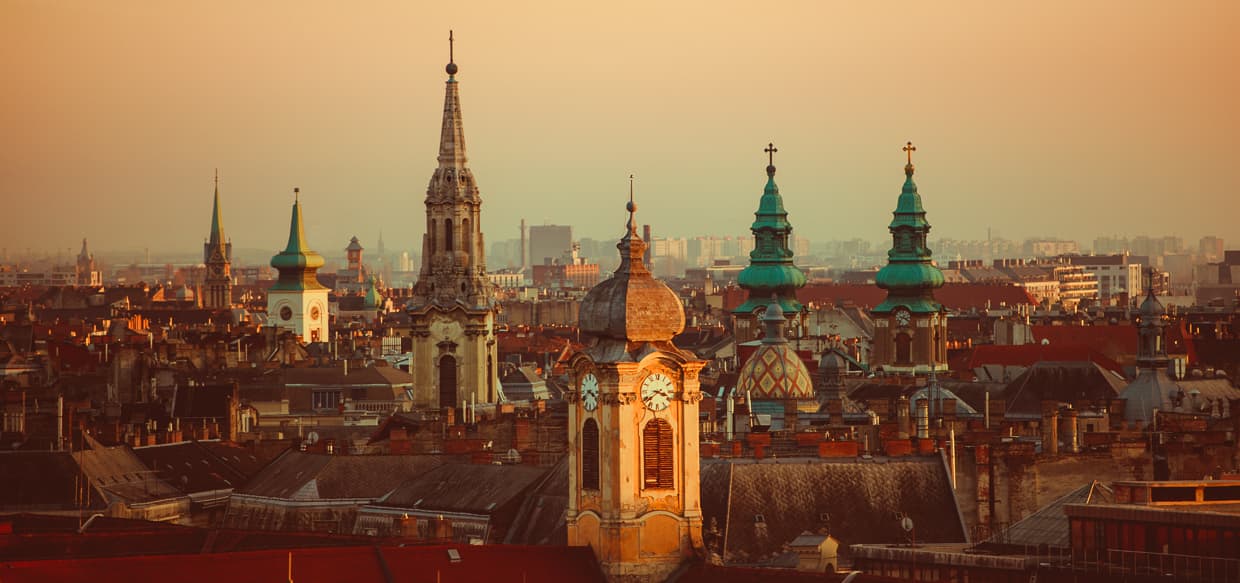


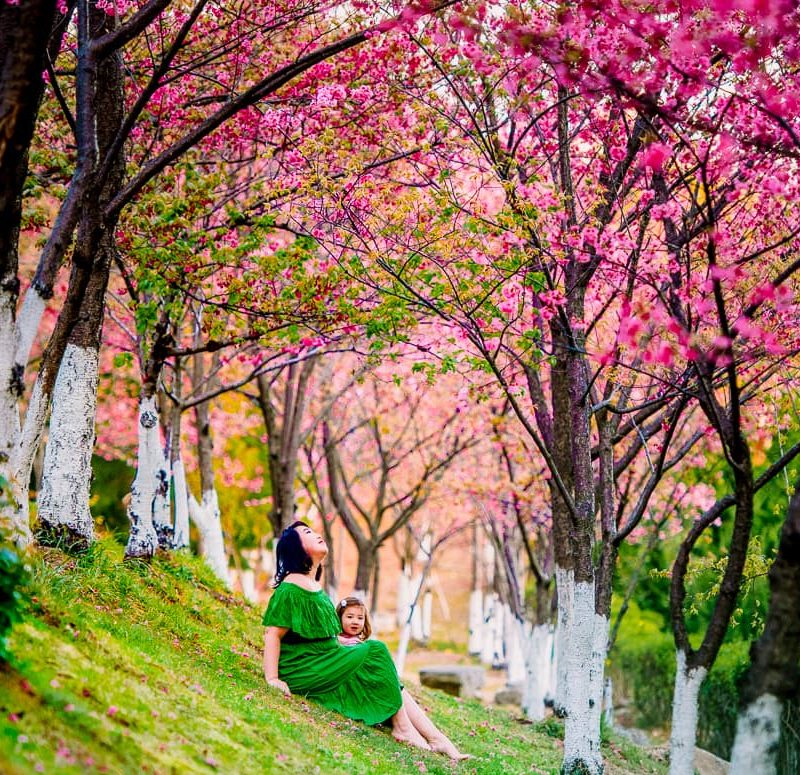

Leave a Reply